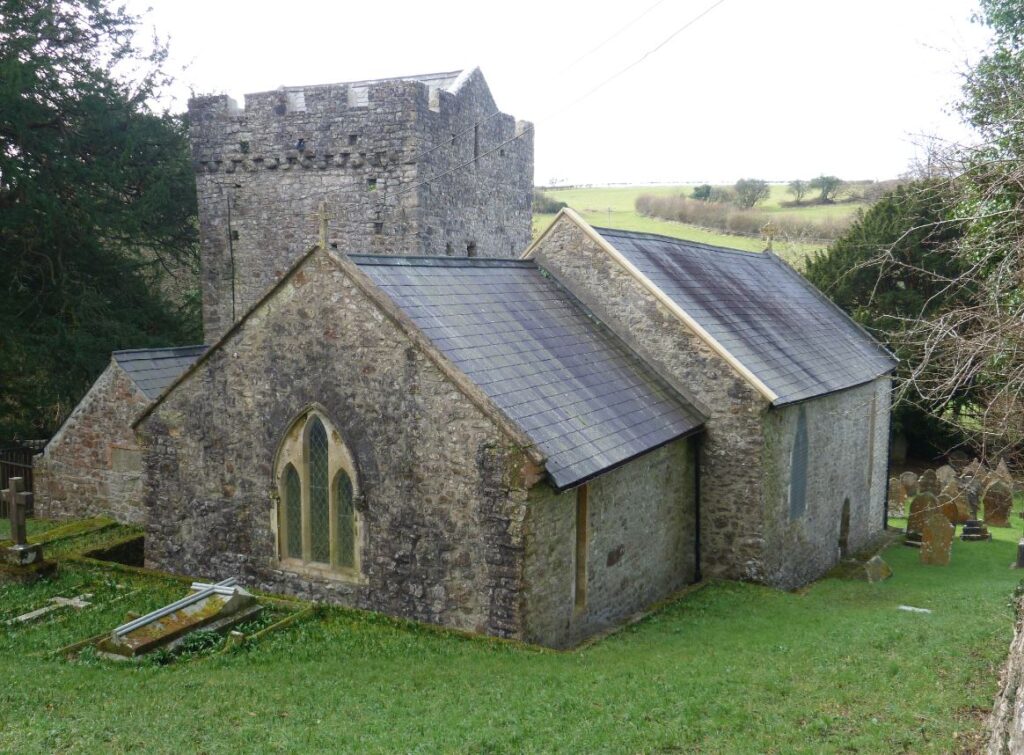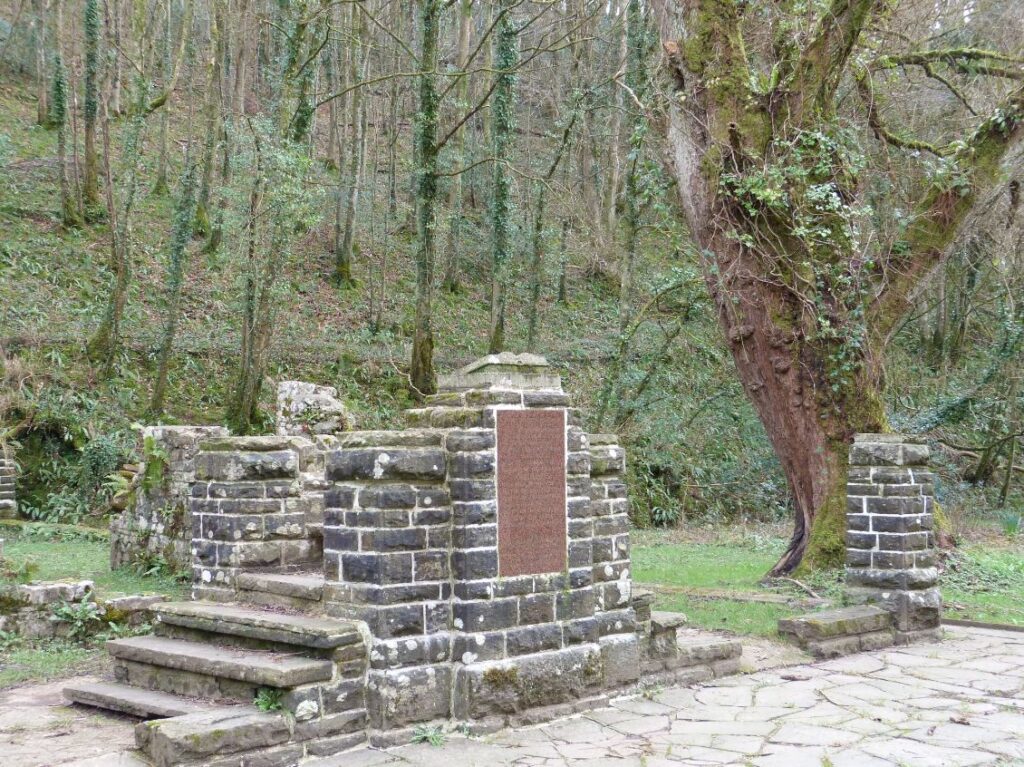Ilston is a beautiful place. It is an idealised painting of the perfect rural parish brought to life, a tranquil place, one of the hidden gems of Gower. At the heart of the village is the church of St Illtyd, which has a particular significance as the home of the first Baptist congregation in Wales and of one the very earliest anywhere in the world.
In 1649 the congregation in Ilston replaced their royalist priest with the Parliamentarian sympathiser John Myles who immediately went on to reform the church so that it adopted Baptist principles. The church was renamed as the ‘Meeting House’ and it remained so until the Restoration.
His zeal was not always welcomed and Myles was disappointed that his first two converts were women, though he persuaded himself that this was God showing him ‘not to despise the day of small things.’ Within a year Myles had performed his fiftieth baptism and by 1660 there were 250 members. The congregation was scattered right across Gower, so they didn’t all gather at Ilston every Sunday. Sometimes they met locally in member’s houses. Under Myles’ influence other Baptist churches were founded elsewhere in Wales. However, with the Restoration he was ejected from Ilston as if his tenure was an aberration that could be forgotten.
If you track the Ilston Cwm– known locally as the Killy-Willy – down towards Three Cliff’s Bay you will enjoy an easy walk through a delightful wooded valley. Just before you reach Parkmill you will find the atmospheric ruins of Trinity Chapel.
The ruins appear to date from the late Middle Ages when a chapel was probably built next to a healing well. Myles and the Baptists used the site as their meeting place after 1660 once they were prevented from using Ilston. Here in June 1928 Lloyd George unveiled a memorial to commemorate their association with the site.
Baptists were now regarded as dangerous fanatics and Myles emigrated to Massachusetts, where he founded the town of Swansey, acting as its first minister and schoolmaster. It was the site of the initial conflict of the brutal King Philip’s War (1675 – 1678) between Native Americans and European settlers. Wampanoag warriors laid siege to Swansey for five days before destroying it completely on 25 June 1675. Myles fled to Boston before returning to the rebuilt town where he spent his last years teaching and preaching. He died there in February 1684.
The easiest way of reaching Ilston is by taking the sign-posted turn from the B4271 which runs between Upper Killay and Llanrhidian. The post code is SA2 7LD.
This piece was included in my book 50 Gems of South West Wales. I don’t have any copies for sale on the website but it is still available from Amazon and proper bookshops.
My latest book, Grave Tales of Wales, has now been published. It tells the stories that lie beneath 30 gravestones from across Wales. It includes gruesome murders as well as tragic accidents and stories of great achievement. Find out about the hero of the Titanic, about the death of a young parachutist in Cardiff, about Charles Rolls and of course Walter the Man-Fish.
The rrp is £15 but they are available here for £12.99. This includes packaging and delivery.
To find out more go to the Grave Tales From Wales page in the menu or by clicking here
Or go straight to the How to Buy page
If you want to get an idea of what the book is about then if you click on this link you will be taken to YouTube where you can listen to me narrating the story of the Robber’s Grave from Montgomery in Powys.

